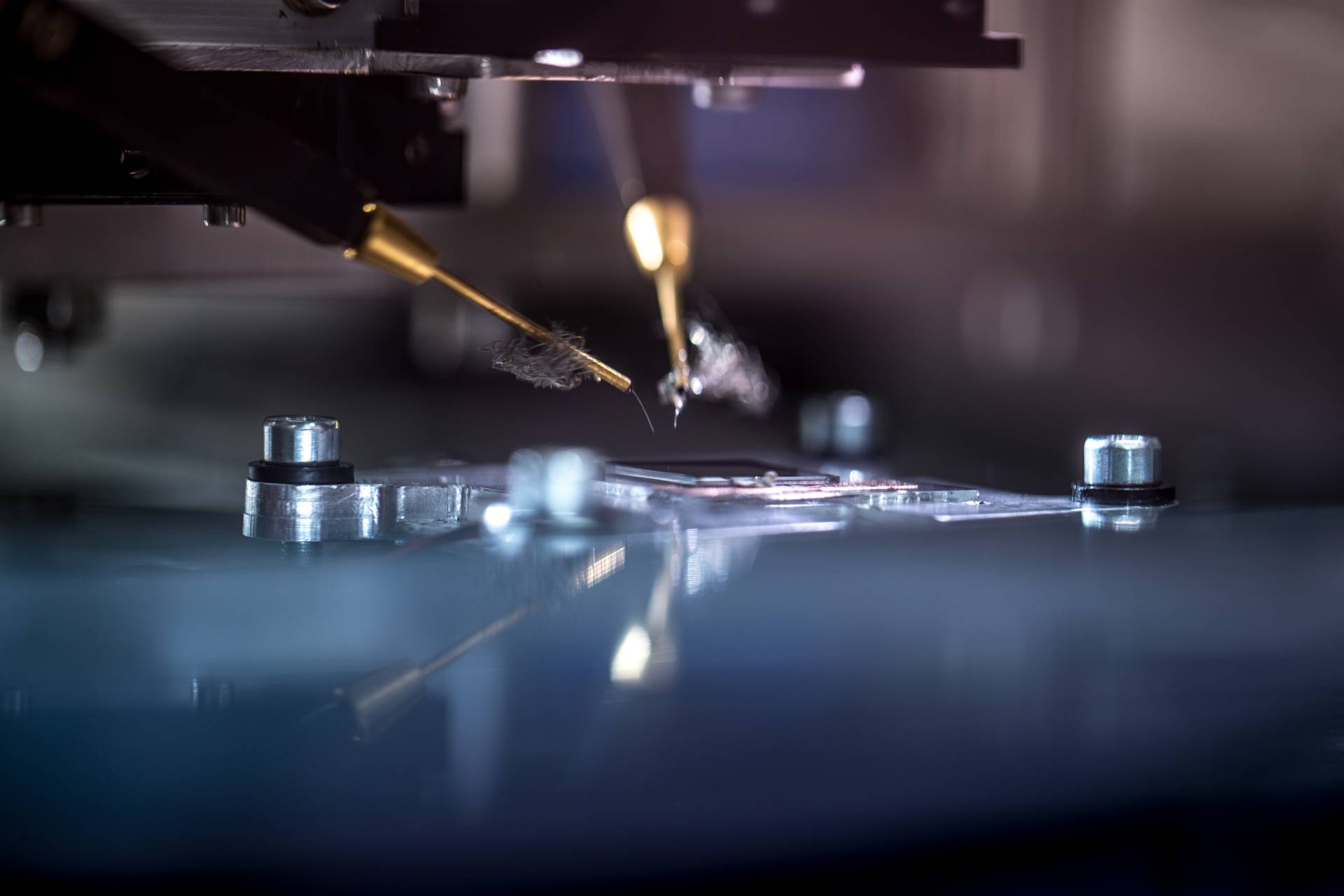How we make steps in the energy transition with AI
We are all facing a huge challenge: the Netherlands must be off gas by 2050. There are many innovative ideas and technologies that can make this ambition come true, but they must be tested and developed in a regulatory-free environment. That is exactly what The Green Village makes possible. On the campus of TU Delft, science, industry, students and government come together to learn from each other and take concrete steps in the energy transition.
By: Eline te Velde
The Green Village is an open-air laboratory for sustainable innovation in the built environment. Here, a bridge is built from theory to practice and experiments can be conducted in a regulation-free environment, with real houses and residents. Stefan Hoekstra, energy transition project manager at The Green Village, explains what makes this environment so unique: “The building code is partly disabled on this site, which is why we are allowed to do a little more here, of course within the safety frameworks.” His colleague Joep van der Weijden, project manager digital energy, explains why this is so important: “There are many innovations that are technically and economically possible, but that cannot be implemented due to existing laws and regulations. That is why we invite legislators here to take a look at what we are doing and what our innovators are up against. That helps to accelerate the process.”
Hop-step-jump model
The Green Village is a physical place to try out and test something, but also to take ideas further. “We work according to a 'hop-step-jump model'. Innovators can take a first hop with us. If you have a super smart idea, you can start building it with us. It is also allowed to fail, because that is where you learn. Our added value is that we then take steps. Ultimately, if the idea is good, it is scaled up with a leap. Because if we really want to make an impact, it has to be applied on a large scale. That is why we work with partners, such as housing corporations,” says Hoekstra.
"If you have a super smart idea, you can start building it with us. It's also okay to fail, because that's what you learn from. Our added value is that we then take steps and can eventually scale up with a leap."
In addition, the project managers are bridging the gap between scientists and users with The Green Village. Hoekstra: “Reading out data using sensors is generally accepted. But having a building management system controlled by AI is often a step too far. Users are afraid that the system will take on a life of its own or that they will not understand it. Furthermore, cybersecurity is a major concern. That is why it is important to have facility managers involved in the process in good time, but this is a long process.”
Model Predictive Control
Two pilots are running on campus with systems that are controlled by AI. One of them takes place in a teaching space and is based on Model Predictive Control. By making smart predictions based on, for example, weather forecasts and energy prices, this system enables the user to flexibly deal with the electricity grid, with the aim of preventing peaks in the electricity grid. Hoekstra explains this with an example: “A heat pump almost always follows the outside temperature. When it gets cold, the heat pumps are switched on throughout the Netherlands. You then get a peak in the electricity grid. With Model Predictive Control the system predicts that the peak is coming and therefore starts heating earlier – before the peak in the electricity grid. So you control the building intelligently, based on predictions.”
The other pilot is based on Predictive Maintenance and Fault Detection and Diagnostics (FDD). There are almost always errors in installations that we do not see. If there are no complaints, we often do not know that something is wrong. In that case, the algorithm searches for errors and reports them to the maintenance party. A simple example is replacing the filter. With a smart system, it can be predicted exactly when this needs to be replaced.
Balance on the energy grid
Hoekstra and Van der Weijden expect that AI will play an increasingly important role in energy saving in buildings. Despite the reluctance that facility managers and building managers sometimes have, the demand for smart systems will only increase. “It can happen very quickly at once, but it does depend on the development of energy prices. If they fall, the financial incentive decreases. At the same time, the costs for such systems are still very high,” says Hoekstra.
Van der Weijden adds that the government also plays a role in this: “Minister Jetten has informed the House of Representatives by letter that there will be a call for companies to inventory their energy flexibility. This is important because grid companies indicate that things will really get tight from 2026 onwards. For now it is an inventory, but it may well be that it will become mandatory to purchase flexible energy. In that case, things could go very quickly.”
Do you always want to be informed about activities and news from the industry? Then register for the newsletter.
Related companies
